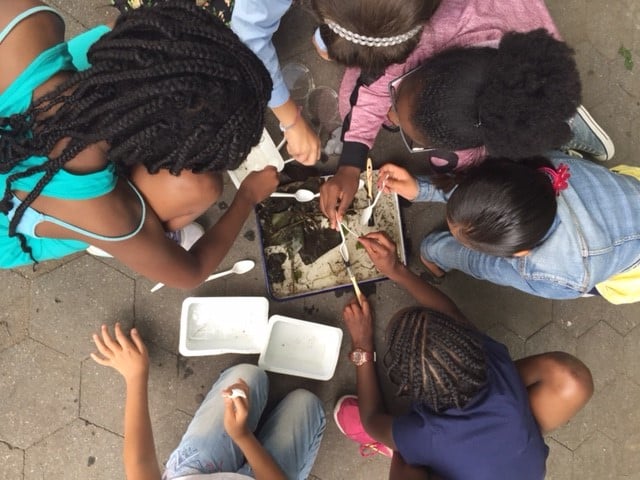The Bronx River Alliance Education Program is excited to share that we have created at-home curricula for you and your students to utilize while practicing distance learning! This curricula includes Bronx River related STEM topics and activities that can be facilitated with materials that you can find in your own home! Each piece of curriculum is aligned with NYS Next Generation Standards. In order to access the curricula, please fill out this Google Form.
Overview of Individual Curriculum
Curriculum to Download
New Curriculum
Plants and Pollinators!
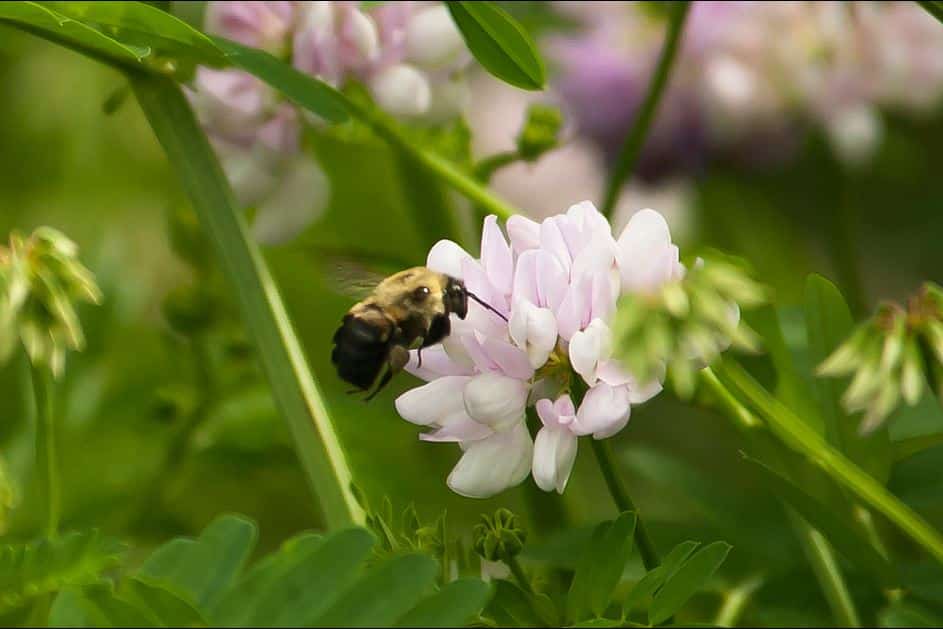
Brief Description: In this lesson, students will learn about plants and pollinators and how they have developed adaptations over millennia in order to maintain a relationship with one another. There are a variety of adaptations that plants and pollinators have in order to survive, most of which parallel one another! Students will become acquainted with various parts of both plants and pollinators that make them unique, and how those parts contribute to the plant or insect’s success within the Bronx River ecosystem. Students become hands-on adaptation specialists and at the end of the lesson will have a better understanding of why this coevolution exists!
Education Themes: Scientific Inquiry, adaptation, pollination, conservation, critical thinking, communication, ethics, stewardship
Age Range: Grades 6-12
Time: 45 minutes – 1 hour
Find Out What's Polluting Our River
What's Floating in the Bronx River?
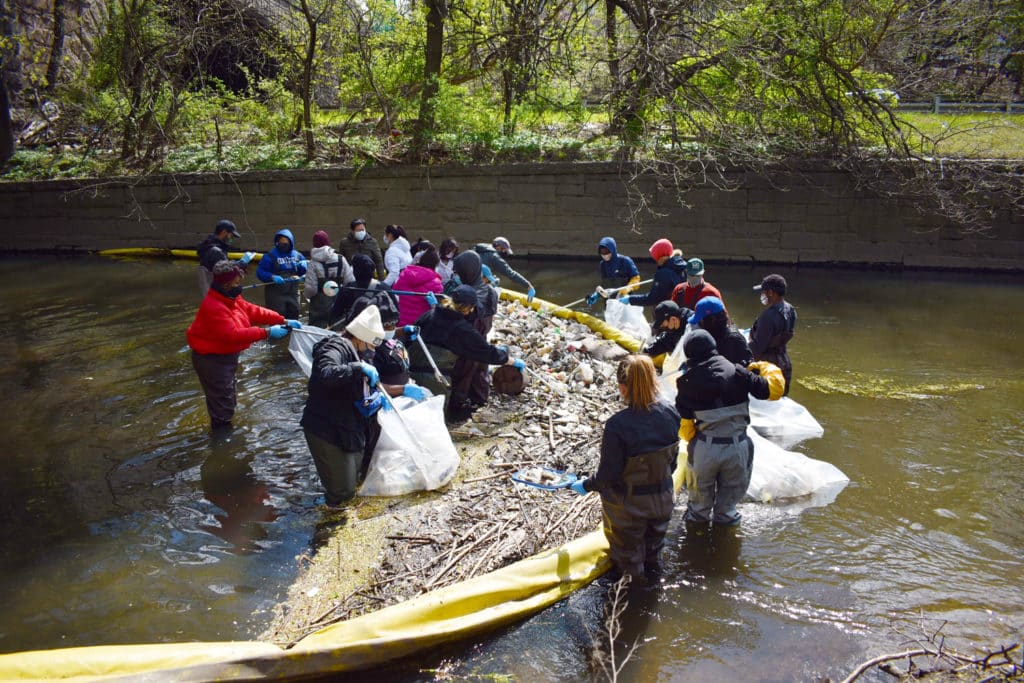
Brief Description: Students become at-home scientists in this hands-on exploration of how personal waste impacts local waterways, like the Bronx River, and how it can ultimately become marine debris. Students will become scientists from their own homes, learn how to collect data, and make observations and conclusions about their own personal trash habits. If you would like to take this lesson a step further, data collected can then be analyzed by students for a virtual student-led community outreach or advocacy campaign.
Education Themes: science, social studies, civics, social and environmental justice, ecology, urban ecology, human impacts on the environment, sustainability, pollution reduction
Age Range: Grades 6-12
Time: 30 minute lesson, 1 week of at-home data collection
A Lesson on Aquatic Species Biodiversity
Oysters, Alewife, Eels...Oh My!:
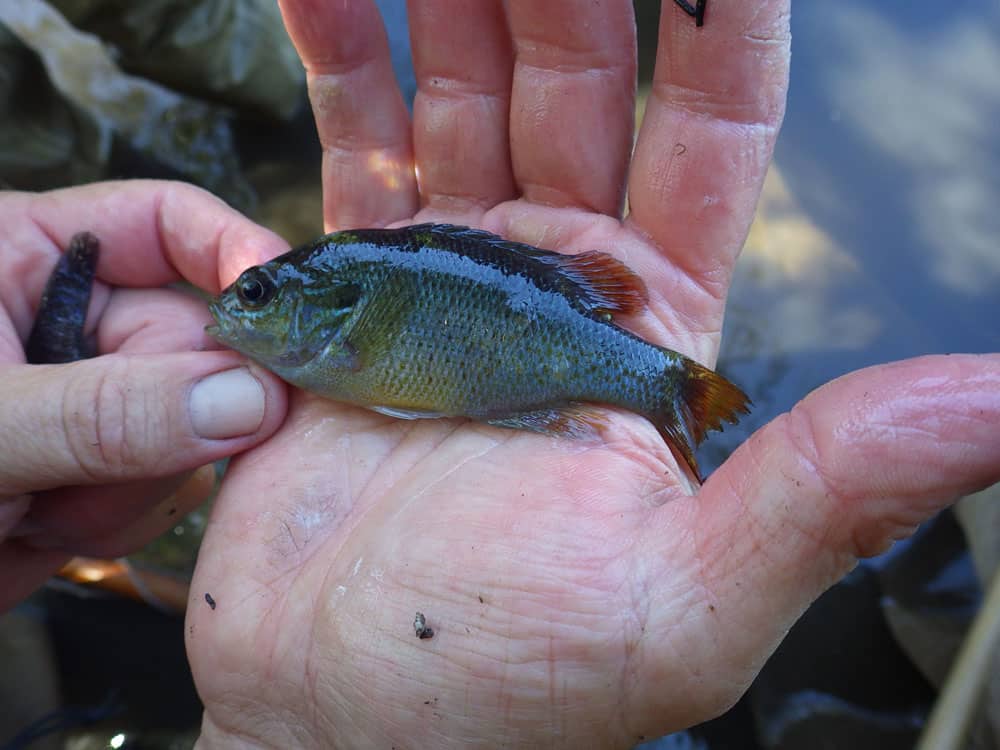
Brief Description: Students should be able to define biodiversity, and should have a better understanding of the animals that inhabit the Bronx River. Students will learn about the various adaptations that these animals have that allow them to be a part of the Bronx River ecosystem, as well as a little bit of their life history to date in the Bronx River.
Education Themes: Biodiversity, ecosystem dynamics, resiliency, science, coastal ecology, marine ecology, urban waterways, human impacts on the environment
Age Range: Grades 6-12
Time: 45 minutes – 1 hour
Exploring Forest Biodiversity
Over the River and Through the Woods
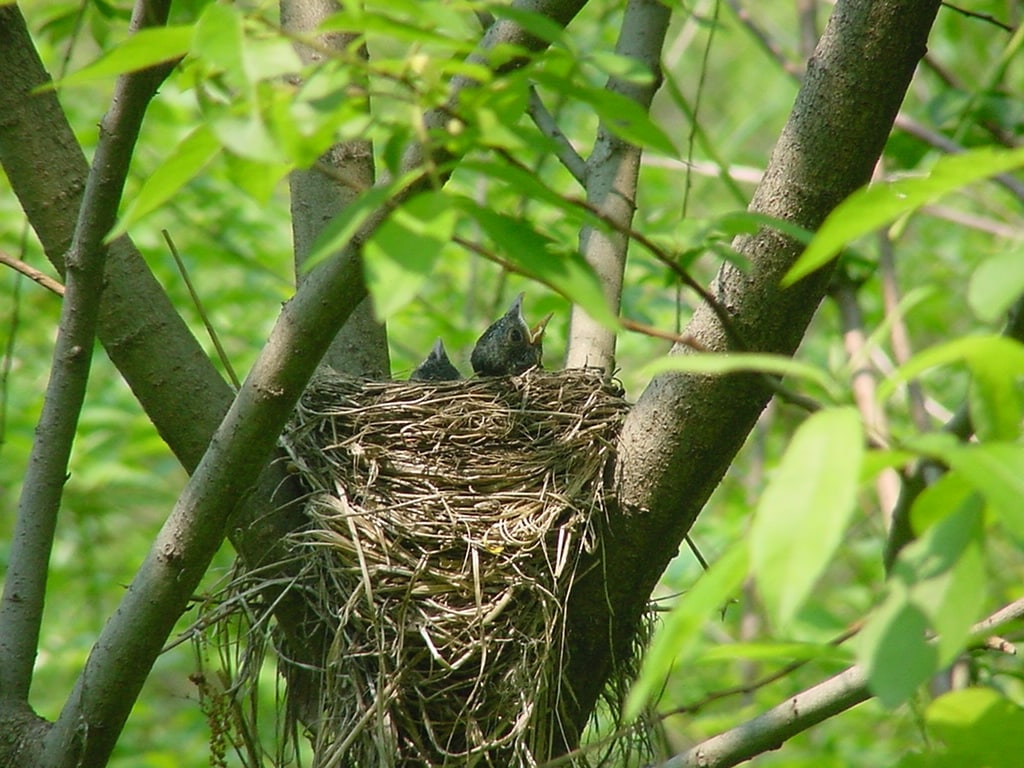
Brief Description: Students will discover the importance of biodiversity in forest ecosystems, and learn about adaptations and roles that different species use to keep the forest vibrant and strong. Through interactive activities that spur critical thinking, analysis, and creativity, students will gain a deeper understanding of the relationships that exist within a forest ecosystem, and the different impacts that humans can have on the health and survival of both individual organisms as well as the forest overall.
Education Themes: Scientific inquiry, critical thinking, communication, ethics, stewardship, biodiversity, ecology, urban forest, forest ecosystem, human impacts on the environment
Age Range: Grades 6-12
Time: 45 minutes – 1 hour

